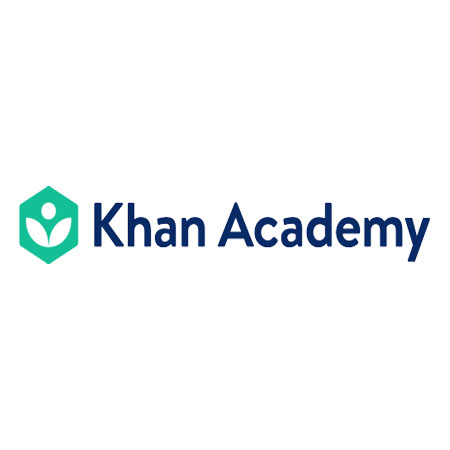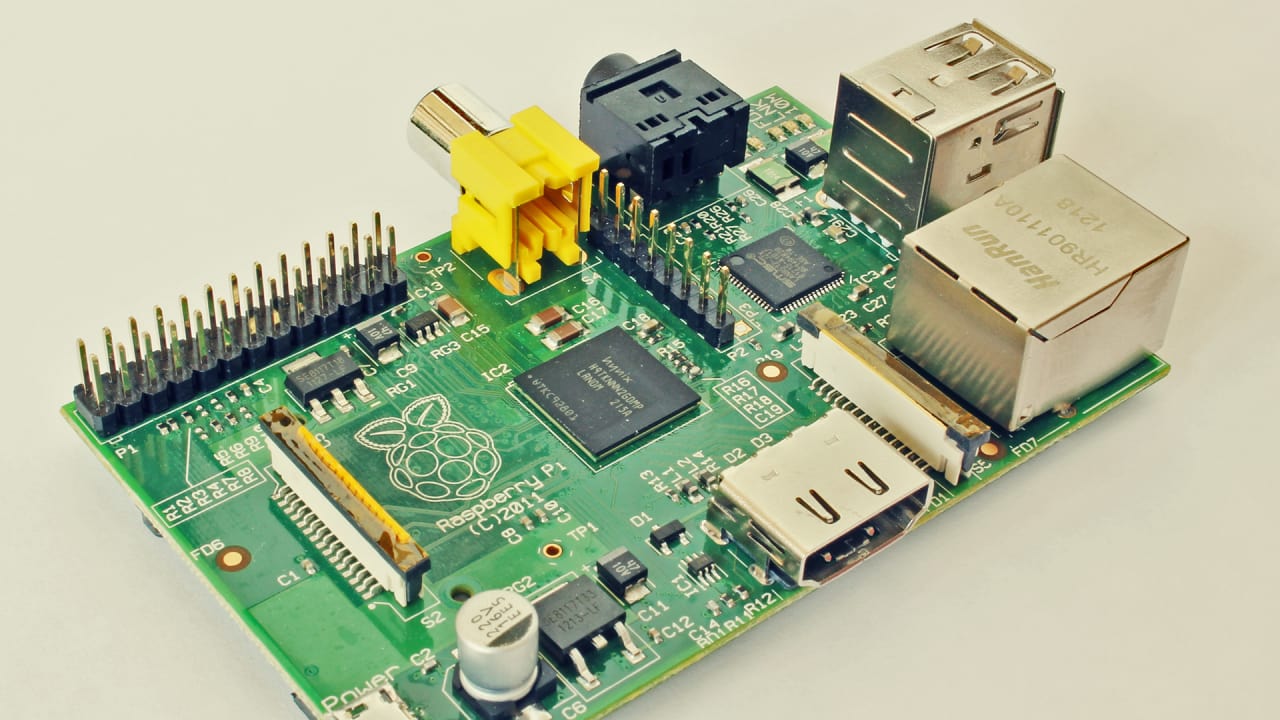

Following the eventual consistency model, data is synced from device to device until until it finds a live connection to sync with KA's database. (where Internet access is sometimes denied).Įqually promising is the technology behind KA Lite. The potential reach is truly global: from rural communities in underdeveloped countries to the prison system right here in the U.S. Other devices then just connect to that server, rather than the Internet, to access the videos and reporting features.

Here's how it works: the KA Lite server (which contains all the videos) can be downloaded and run on basic devices (like the $35 Raspberry Pi). Last week, the company unveiled Khan Academy Lite, a "lightweight," offline solution for those who don't have reliable Internet access.

In the words of Jamie Alexandre, one of their intern developers, "We're currently experiencing what we're calling an 'online learning revolution'- but what about the 65% of the world that can't take advantage of it?" THE OFFLINE LEARNING REVOLUTION: Say what you want about Khan's methods and content quality, but the company is dead set on making education accessible to the world.


 0 kommentar(er)
0 kommentar(er)
